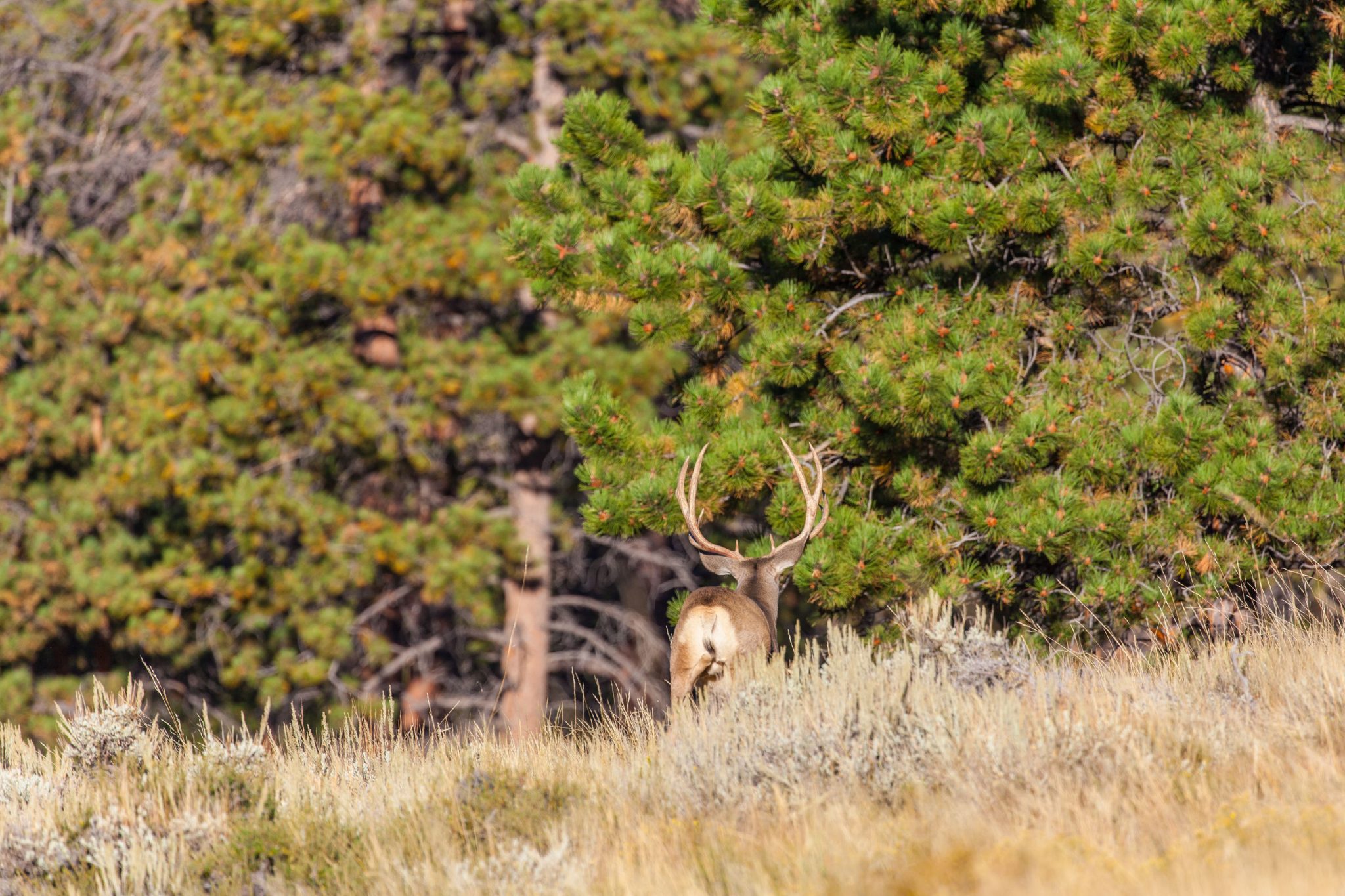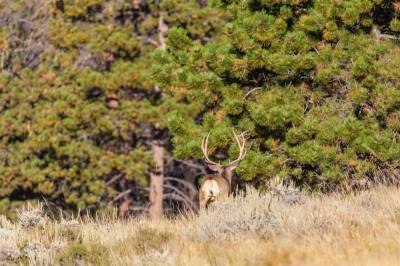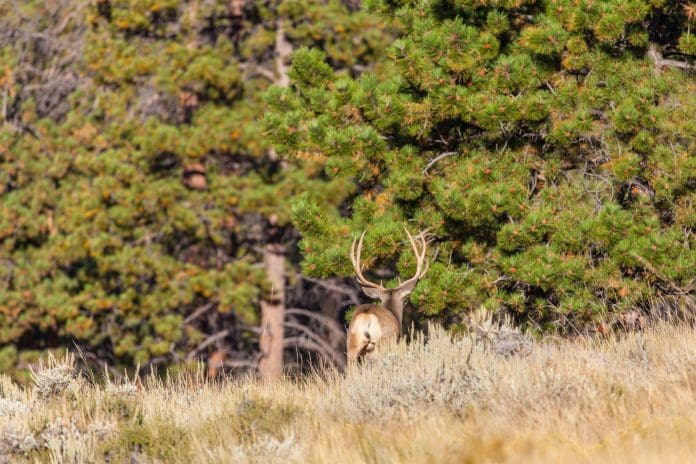
If you’re catching the bug for big mule deer, you should review these previous posts.
You might notice that I write often on the fact that big mule deer don’t just wander like aimless children; they are usually where they’re supposed to be. There is a reason I hammer this subject.
When I was in my early twenties, I’d hunted my tail off in several units that my research proved held big bucks. I even tracked down several hunters that had killed some good bucks there in recent years. However, for several falls I hunted hard with nary a sighting of a big mule deer. I started to think they were a myth. That thinking started to change as I kept hunting and learned the units better. I discovered that big buck areas are like crops; some years some areas produce a good yield, others not so much (more on this subject here: Scouting)
When I finally started putting some big deer in the dirt, I’d realized that just because I’m in mule deer country that doesn’t mean there is a big buck there, no matter how good the unit might be. I had to learn at least several core areas in the unit that had big buck potential and hunt them correctly, while ignoring the thousands of acres where they likely are not. (To get a better feel for finding big deer country, see Finding Big Buck Country)
Studying Google Earth will surely show you buck honey holes, but until Google starts a live satellite feed (God forbid!) you will never know if a big mule deer lives there on any given year until you scout and hunt the area. That takes time, often years, but it is how you can separate yourself from the masses.
Most hunters try a unit once, then move on if they didn’t see a freak-antlered muley. Once I find good buck country, I check on it often and sooner or later I find a big mule deer living there. Some of these places won’t hold a big buck for a decade then “bam!” one shows up. That means nine out of ten years the place was a bust and is why I don’t get easily discouraged if I don’t find a good buck the first few times I hunt or scout an area.
If you don’t live close to mule deer country, you can still be successful. You just have to accept the fact that it’s likely going to take longer, but be encouraged. The fun is in the search and I’ve met many mule deer hunters who don’t live in the West but do very well on big mule deer. I find these hunters all have one thing in common: they know their area. So should you.
Don’t forget to “Subscribe to blog” upper right under Fitness/Other links so you don’t miss a post.






















So true Robby and thanks for all the [i]Killing Big Mule Deer[/i] wisdom!
Better to hunt a decent unit many times over a decade than hunt a “better” unit once in a decade.
Robby would just like to say I love your blog posts and I’ve learned a lot. This isn’t info you see in every other magazine. Keep up the good work!
Thanks B.Richards and Tyler. More to come.
Comments are closed.